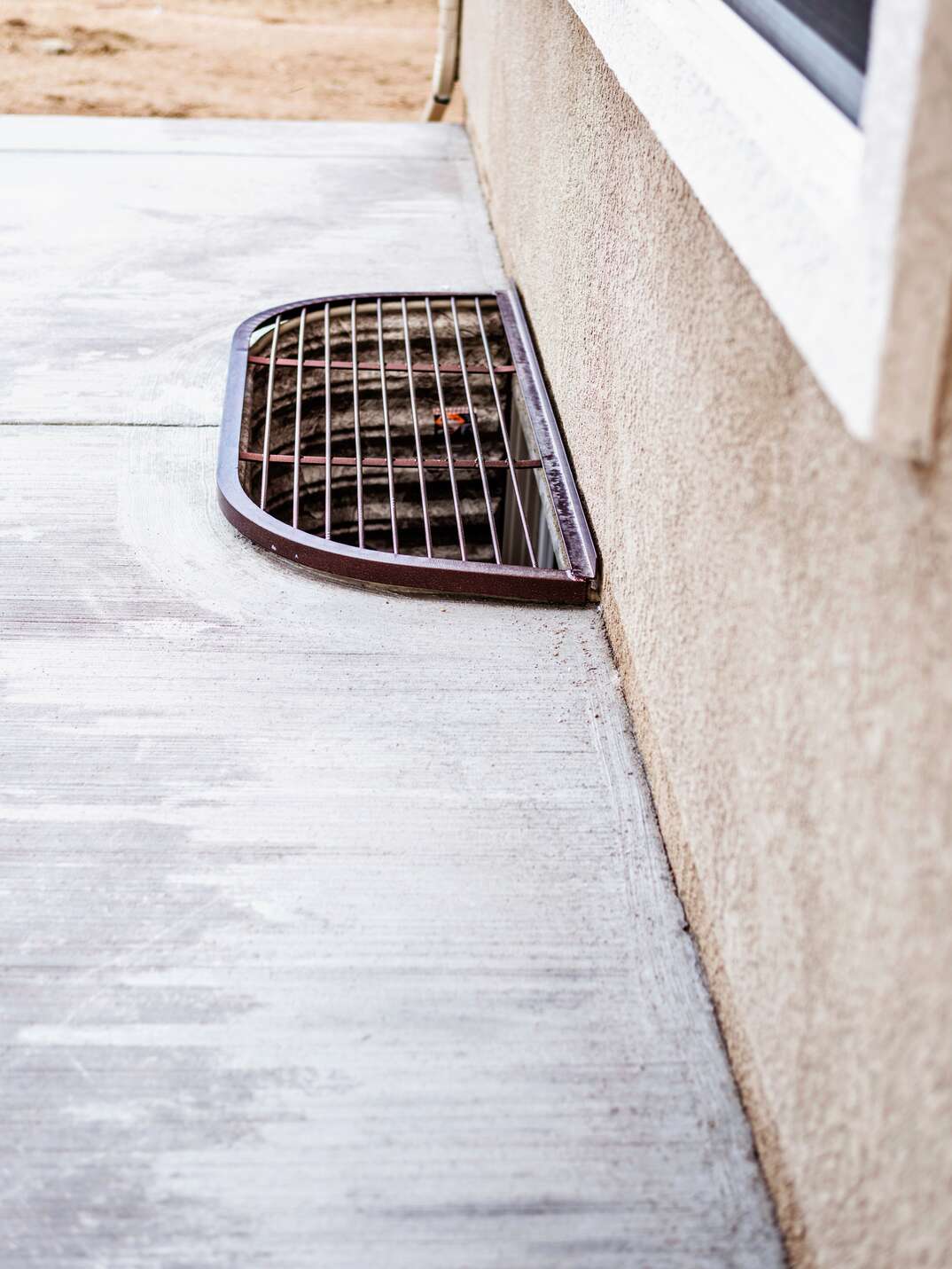What Is Tuckpointing and Why Does It Cost so Much?

Tuckpointing Costs at a Glance
- Per 20-square-foot section: $500-$3,500
Fireplaces and chimneys are attractive features, and many homebuyers love them. However, masonry chimneys need care and attention. If the mortar joints become weak or damaged, water can penetrate the joints, doing a lot of damage.
This May Also Interest You: How Much Does Chimney Repair and Removal Cost?
You may have heard of tuckpointing — the process of repairing those joints. This job can be costly, but it's an important one that can save you from potentially expensive repairs in the long term.
What Is Tuckpointing?
Tuckpointing is the practice of replacing the deteriorated mortar, preventing water from coming in and damaging the property. This is a skilled job because it involves blending the mortar so that a casual viewer can't tell that the repair has been done.
The existing mortar is removed and replaced with mortar in a color that matches the bricks. Next, a thin channel is cut into the new mortar, which is filled with mortar in a contrasting color. This creates the illusion of very slim joints in the wall, rather than the large sandwiches of cement on standard brickwork.
Matching the mortar in this way and cutting the lines takes time and patience. It's a much more detailed and labor-intensive job than simply refreshing the mortar. This is the main difference between tuckpointing and repointing and is one of the reasons that tuckpointing is a relatively expensive job.
How Do You Know You Need Tuckpointing?
You can tell that you need your chimney tuckpointing if you can see cracks or gaps in the mortar or you spot dampness in your home. Tuckpointing isn't just for chimneys, however. Masonry tuckpointing can be done on any area where there are bricks and mortar. If you have a basement, it's a good idea to keep an eye on the walls for dampness because it could be a sign of damage to your property's mortar.
Cracked or crumbly mortar is not something that you should ignore. Small spots of damp and small areas where water can penetrate the mortar can be easily repaired. If they're left untreated, however, the damage can become much more severe.
Tuckpointing repair is not usually required if the only issue with the brickwork is that the ribbon of contrasting mortar has become faded or worn away. If the joints themselves are sound, there's no need to repair them. The brickwork-colored mortar will do the job of protecting the brickwork, and it would be incredibly costly to attempt to do a repair.
What’s the Difference Between Repointing and Tuckpointing?
Some masons use the terms repointing and tuckpointing interchangeably, but there are subtle differences. Both practices involve the process of removing and replacing cracked or crumbly mortar, but tuckpointing is a more skilled job and involves blending the new mortar so that it looks like the brickwork. Homeowners can expect to pay more for the colored mortar and the skilled work.
More Related Articles:
- How Much Does a Chimney Inspection Cost?
- Soot Yourself: Channel Your Inner-Dick Van Dyke and Be Your Own Chimney Sweep
- Do You Need to Hire a Chimney Sweep?
- How Much Does a Gas Fireplace Cost?
- How Much Dough Will It Cost to Install an Outdoor Brick Pizza Oven?
Average Cost of Tuckpointing
The average cost of masonry tuckpointing for a 20-square-foot section of brick is $500, according to Fixr, but you might pay up to $3,500 depending on the job. The actual cost will vary depending on the size of the area and your location. The price may also vary based on whether you're having work done on a wall or chimney.
Why Is It So Expensive?
Tuckpointing is a labor-intensive job, and like other work that requires attention to detail, you can expect to pay a premium for the skill it requires. It's worth investing in tuckpoint repair because it can help protect your roof and the structure of your home. The average tuckpointing cost is far lower than the cost of repairing structural damage.
Another benefit of tuckpointing is that it creates a visually appealing effect. If you're hoping to increase your home's curb appeal, having a distinctive, beautifully finished exterior is a good option. Tuckpointing can make your home look like a new build by breathing new life into deteriorated brickwork.
How Long Does Tuckpointing Last?
The good news is that tuckpointing can last for around 30 years if it's done properly. So, chimney tuckpointing should last almost as long as the rest of the roof. You may need tuckpointing for your wall or chimney more often than every 30 years if your exterior brick is heavily weathered, such as if your property is near the coast.

.jpg)
